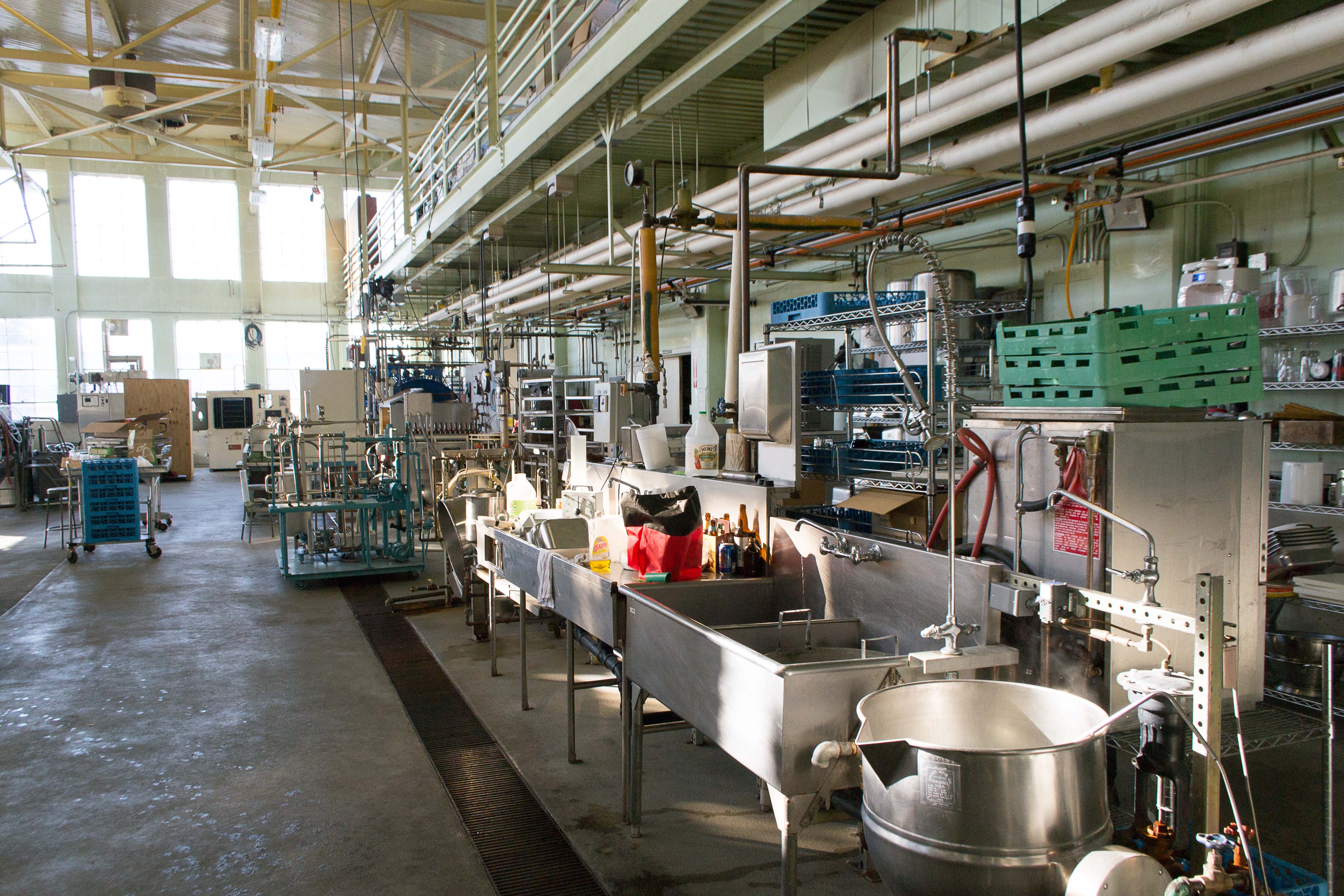
Photo from academic.microsoft.com
The use of starch in food systems in many instances relies on its thickening and gelling capacity. When native starches fail to match process and/or product-specific requirements, starches are physically… Click to show full abstract
The use of starch in food systems in many instances relies on its thickening and gelling capacity. When native starches fail to match process and/or product-specific requirements, starches are physically and/or chemically modified to meet end-use demands. Evidently, differences between starches of varying botanical origin have to be considered when selecting or modifying starches for particular applications. Potato starch (PS) ranks third in world production after maize and wheat starches. Its unique properties differ from those of cereal and pulse starches and are directly related to its molecular structure and organization. This review summarizes the differences between PS and cereal and pulse starches and how they set it apart in terms of gelatinization, pasting, gelation, and retrogradation. Recent advances in improving PS pasting and gelation using enzyme technology and mineral ions are also described.
Journal Title: Comprehensive reviews in food science and food safety
Year Published: 2020
Link to full text (if available)
Share on Social Media: Sign Up to like & get
recommendations!